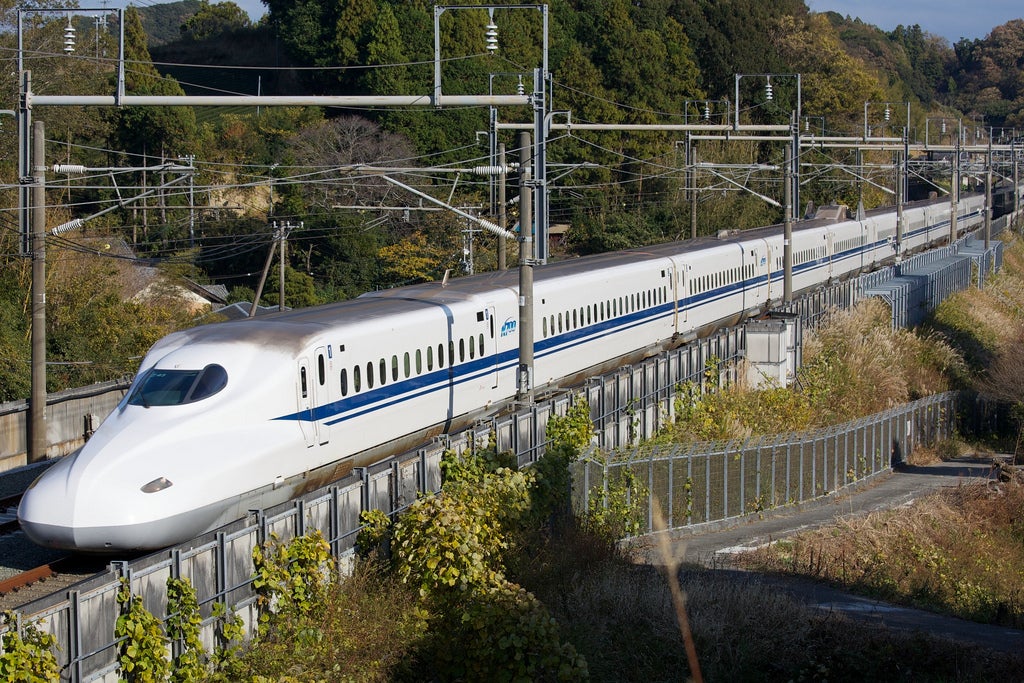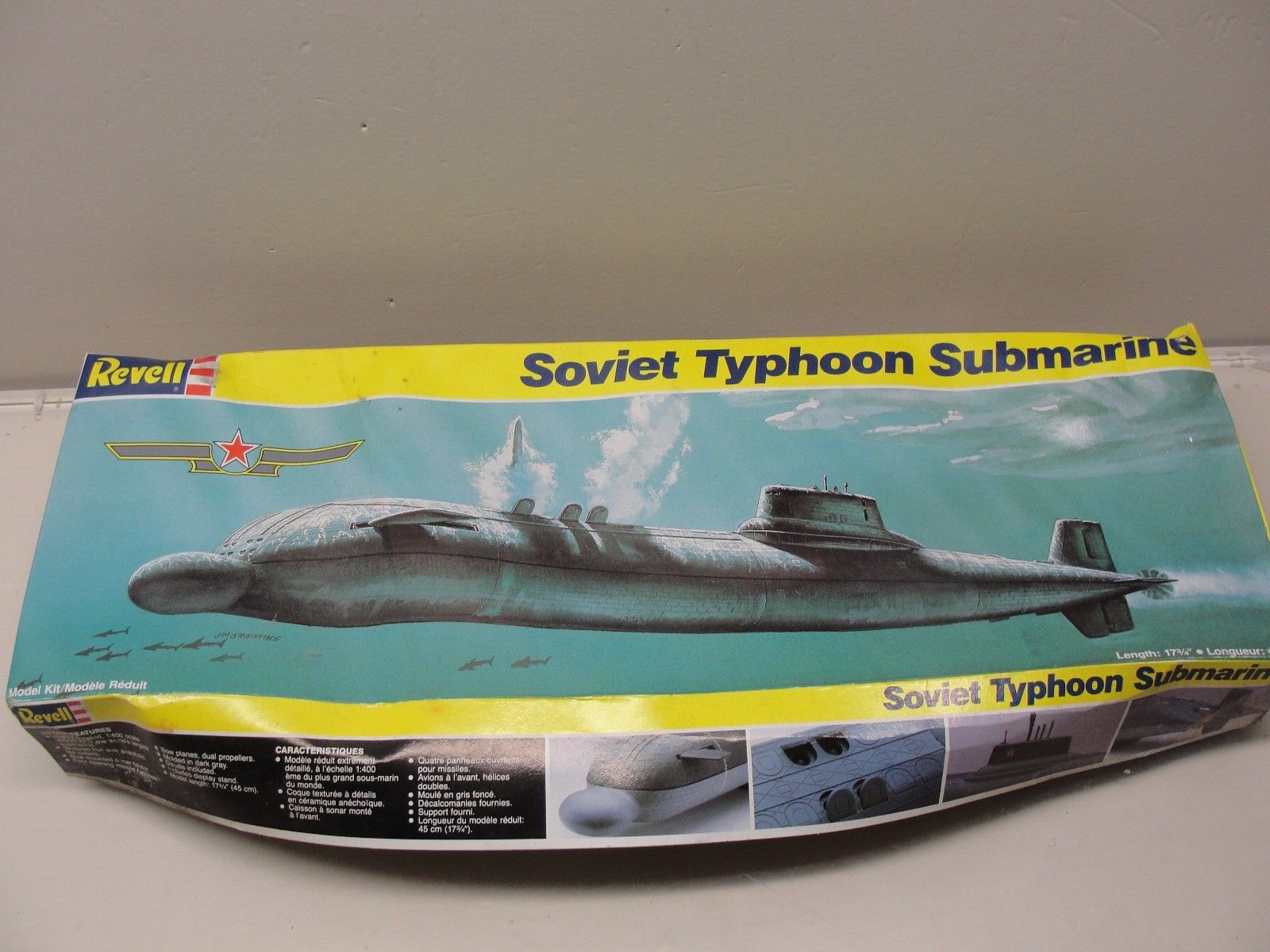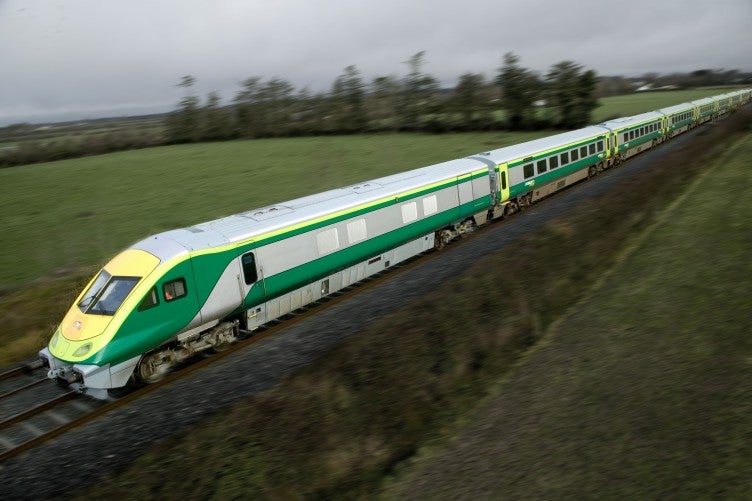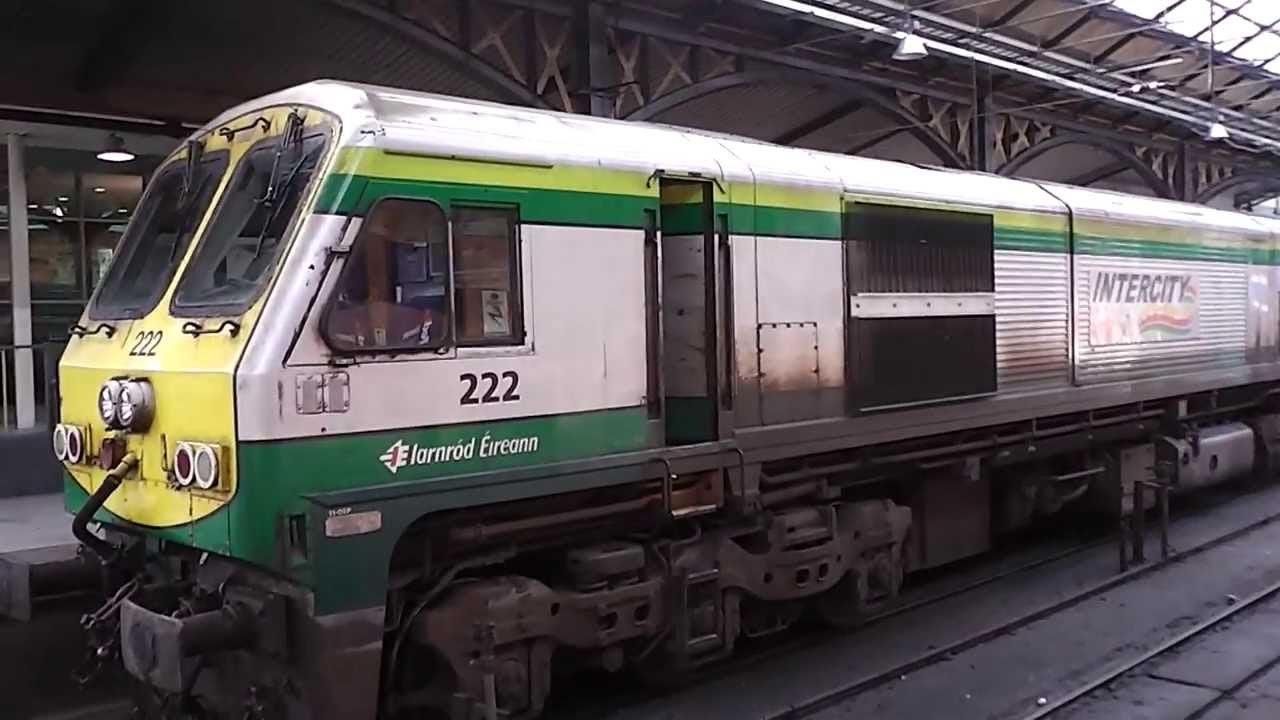 "Cé hé sin" (michael-m-mouse)
"Cé hé sin" (michael-m-mouse)
03/05/2018 at 16:12 • Filed to: Shinkansen
 4
4
 11
11
 "Cé hé sin" (michael-m-mouse)
"Cé hé sin" (michael-m-mouse)
03/05/2018 at 16:12 • Filed to: Shinkansen |  4 4
|  11 11 |
This thing with a sticky-out front is a Shinkansen N700 high speed train, used on several routes in Japan.

That’s not the interesting bit. The interesting bit is that it has 64 axles of which 56 are powered, that is all of them except those in the end cars. Also, 22,900 bhp.
It is therefore not 4wd but 112wd. You don’t see that every day.
 OPPOsaurus WRX
> Cé hé sin
OPPOsaurus WRX
> Cé hé sin
03/05/2018 at 16:25 |
|
why dont they power the end cars?
 Chariotoflove
> Cé hé sin
Chariotoflove
> Cé hé sin
03/05/2018 at 16:25 |
|
Does that help make braking fast as well?
 Cé hé sin
> OPPOsaurus WRX
Cé hé sin
> OPPOsaurus WRX
03/05/2018 at 16:26 |
|
That’s an extremely good question, which is a euphemism for “I haven’t a clue”.
 Svend
> OPPOsaurus WRX
Svend
> OPPOsaurus WRX
03/05/2018 at 16:31 |
|
Maybe because it’s being pulled and has nothing behind it to pull so would be a waste on energy if it did.
Just a guess, but makes sense.
 Cé hé sin
> Chariotoflove
Cé hé sin
> Chariotoflove
03/05/2018 at 16:34 |
|
I think the aim is traction ( a fast train needs to accelerate reasonably quickly so as to make use of its speed) but having lots of powered axles means you can have lots of regeneration and thus save on the friction braking.
 user314
> Cé hé sin
user314
> Cé hé sin
03/05/2018 at 16:43 |
|
I’m always reminded of the old Revell kits of the Soviet Typhoon sub with the (erroneous, as it turned out) “external sonar” when I see those trains.

 Cé hé sin
> Svend
Cé hé sin
> Svend
03/05/2018 at 17:07 |
|
Well, being trains they’re bidirectional so that wouldn’t follow.
DMUs (trains like Pacers with underfloor diesel engines) have an engine under each car powering two of the four axles, The electric variety tend not to power all the cars but to power all the axles of those that do have motors.
 Svend
> Cé hé sin
Svend
> Cé hé sin
03/05/2018 at 17:12 |
|
Ye’, it’s purely a guess.
Can these carriages at either end operate at full speed in reverse? I don’t know much on trains other than what I find comfortable and which ones I would rather walk than get on again.
 victor
> Cé hé sin
victor
> Cé hé sin
03/05/2018 at 17:26 |
|
The N700 was updated and modified for Taiwan as the 700T. Made by the same people, just more heavy duty , safer (to meet adopted European spec in Taiwan) , more accessibility features for disabled folks, and rated to go faster (300km/hr).
https://en.wikipedia.org/wiki/THSR_700T
 Cé hé sin
> Svend
Cé hé sin
> Svend
03/05/2018 at 18:06 |
|
Yes, trains don’t care which way they go. Unless it’s being pulled or pushed by a locomotive, one end is a mirror of the other. The driver has to do what can be a long walk at each terminus and when (s)he gets to the cab “forward” on the controls sends the train off in whatever direction forward is at the time. Life gets a bit more complicated if it’s loco hauled because now you’ve lost a cab at the other end so you have to do something else. You can have what’s called a driving car at the other end, a carriage with a cab so the driver can drive from there and leave the loco push (it doesn’t care), or you have to swap locos around.
Take this example.

The streamlined car at the front isn’t a loco, it’s basically a nearly empty shell with a driving cab.
At the other end we find one of these, which pushes or pulls as appropriate.

 OPPOsaurus WRX
> Svend
OPPOsaurus WRX
> Svend
03/05/2018 at 22:32 |
|
by end cars, i thought they meant the 1st and last car. I think they duckbill shaped cars are at both ends so it made sense to me, but that would mean they would always have to be with another car in order to move. would they make passenger cars with only 2/3 of them having motors and the others not?